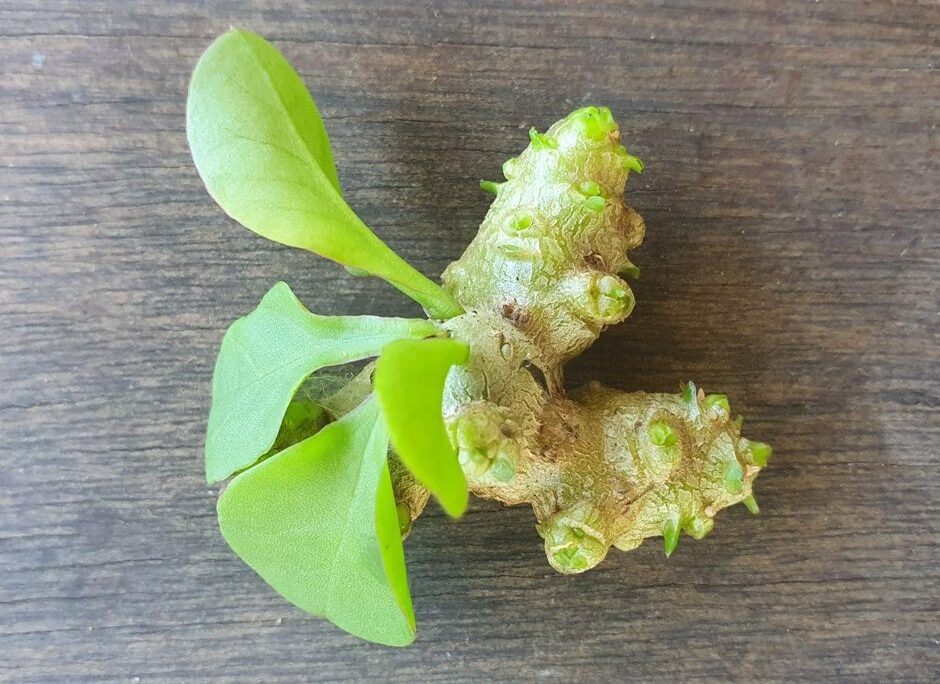Weedy vines are very hard to control once they have taken hold in an area. They are fast growing and make their way into the canopy and then smother the tree they are climbing up, often causing the tree to fall under the weight. Some have big underground tubers that store energy and so make it very hard to kill the plant. Madeira vine is one of these.
- Common names: Madeira vine
- Scientific name: Anredera cordifolia
- Native to: South America
- Family: Basellaceae
- Habit: Vine, climbing up to 30m.
- Leaves: Heart shaped fleshy leaves.
- Flowers: Small white flowers produced in masses on a drupe up to 30cm long.
Dispersal method: Bulbils that resemble alien spaceships form on the stems. They fall onto the ground to grow as new plants. Underground tubers form part of the roots. These allow the plant to stay alive if the above ground section is removed. Floods help spread the bulbils as does garden waste dumping
Control measures: As with all weeds early intervention is the best defence. Hand weeding works but is labour intensive. Digging an established plant out of the ground is almost impossible. I have had success scraping the stems of small plants (up to 4m) with a 50:50 Glyphosate mixture. The plant is left growing and slowly dies, including the tuber. Its tedious work as the stem is fragile and easily breaks. Cutting older vines with bulbils causes them to fall off and start growing.


A multifaceted approach is needed when dealing with Madeira vine and advice from a professional should be sought for bigger infestations. There are biosecurity controls in place.
There is a biological control agent being used. A beetle has been released in NSW and Queensland. It is hoped that the beetle will greatly reduce the mass of the vine so other control measures are more successful.
For more information
Maderia vine (daf.qld.gov.au) Weeds of the Sunshine coast page 207, 2nd edition.
Michelle Newall, Project Coordinator


